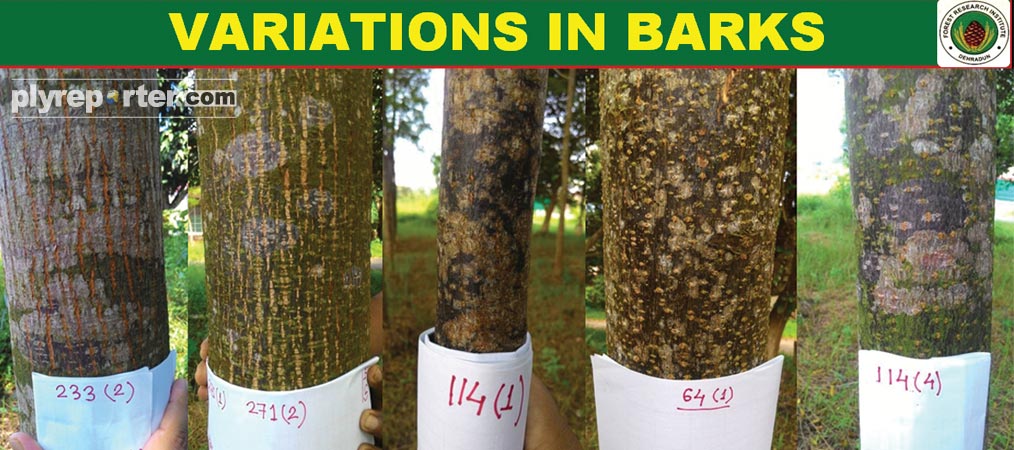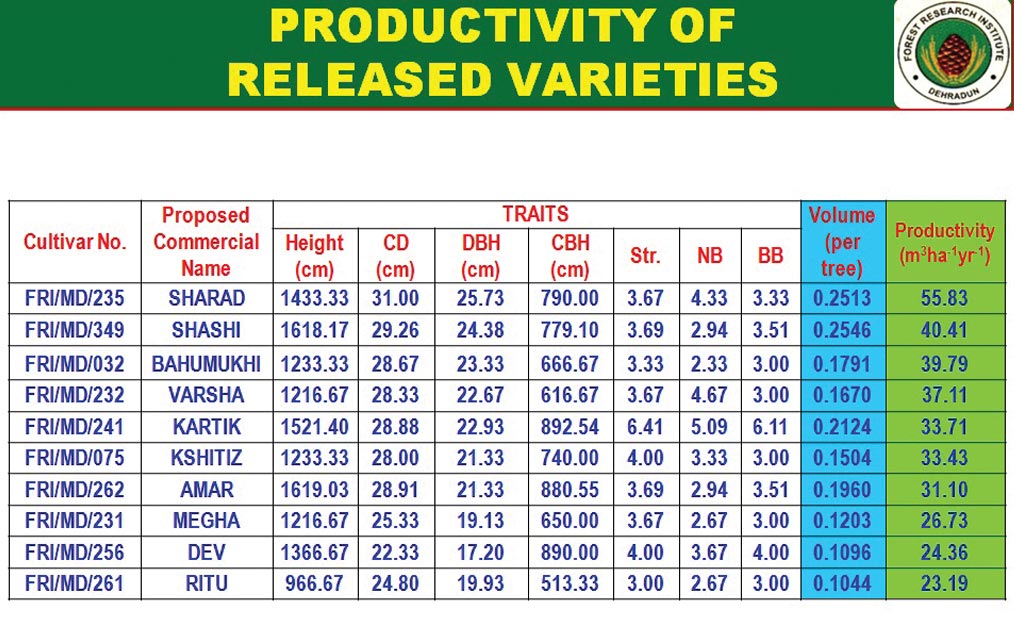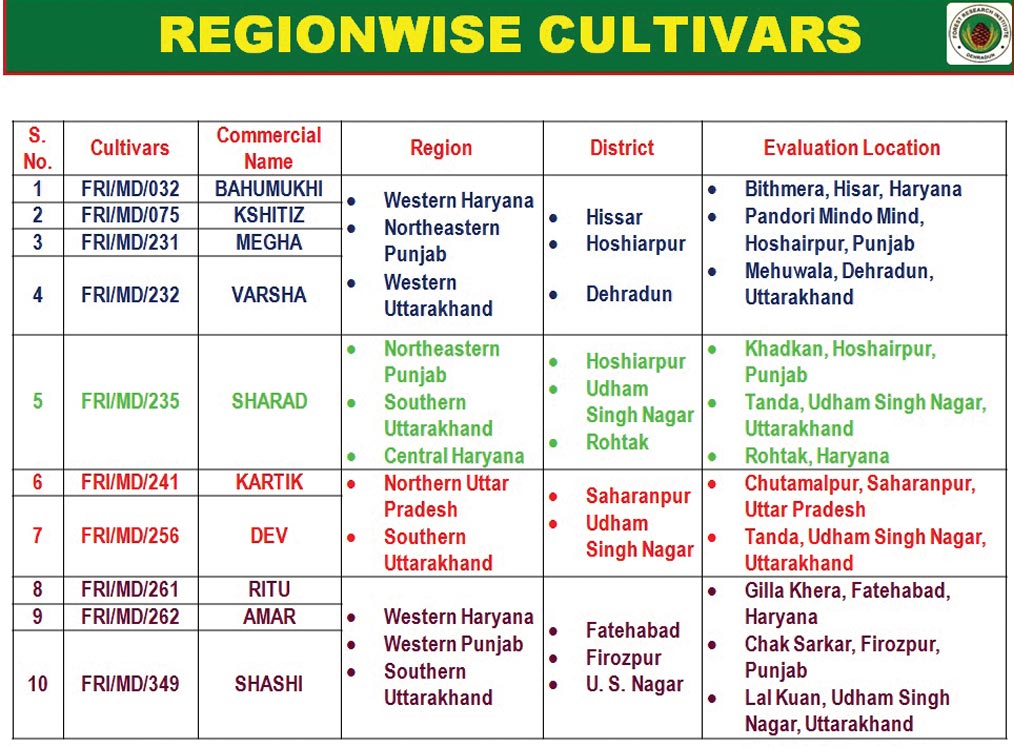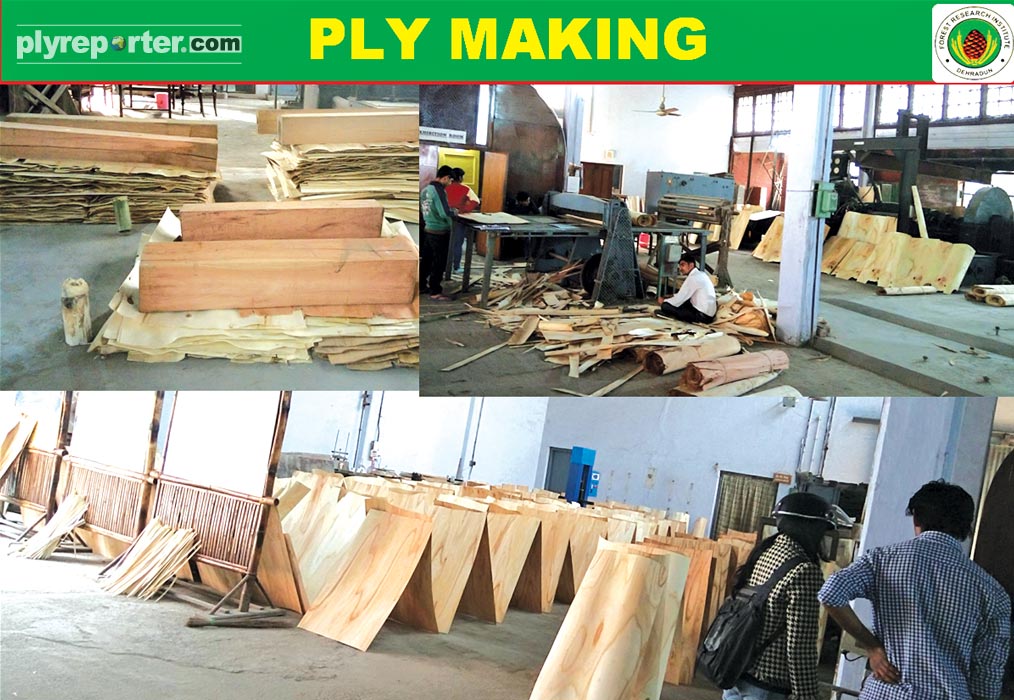Timber is the backbone of wood panel sector
Wood Panel industry largely depends upon availability of raw materials and affordability and supply of timber to the industry. Today the increasing prices of raw materials are posing tough time for the plywood industry. North based industry is mostly dependent on Poplar and Eucalyptus. Its availability and affordability helped the northern plywood industry to strengthen. However, the present scenario is different and rising price of timber has become an obstacle for the wood panel based industrial growth in northern region. South region is still a bit comfortable in terms of the price of timber like rubber wood and other species like Melia-Dubia. They procure Popular and Eucalyptus from Haryana, Punjab, UP and other northern states.
Timber component contributes to around 65% of the material cost for plywood. One of the most important constituent of plywood manufacturing is face veneer which constitute nearly 8% of the cost of the raw material which is imported from Burma, Indonesia, Malaysia, Gabon and others. The industry is looking for other indigenous species which can have sustainable availability. The scientists from the forest research institutes are whole heartedly developing plantation trees and found Melia-Dubia as one of the indigenous species
most suitable to form Core & Face veneer for panel products.
The industry at present is feeling the heat and if the present scenario of wood availability continues, they will have tough times ahead, since the timber availability is still less and whatever is available is at higher cost.
The Plantation status in 2020
Several states like UP, Punjab, Haryana, Chhattisgarh, Kerala, Karnataka, Gujarat, Maharashtra and MP are going forward for more industrial development of wood based industry. Simultaneously directly or indirectly they are pushing agro-forestry in their respective states. UP government has taken initiative to plant 22 crore trees
in the states. Karnataka and Gujarat states have already taken initiatives for such plantation. According to some reports, most of the plantation of Melia-Dubia under agro-forestry initiative is being done in Karnataka and Gujarat.

Timber availability is expected to revive after two-three years. This year the plantation is good and most of the Poplar and Eucalyptus nurseries have been pre-booked. With less availability of saplings of Poplar and eucalyptus, there is certainly a better chance to grow Melia-Dubia plantation in Northern region as well witnessing the industry needs in future which is apparently visible from the industry movement and the government initiative towards sustainable availability of wood. In near future the industry will have comfortable availability of timber, as Melia-Dubia offers better quality wood which is quite suitable for furniture, plywood, face veneer, MDF, Particle nBoards etc.
Description of Melia-Dubia
Melia-Dubia originates from the Meliaceae family and is an indigenous species of tree to India, South East Asia and Australia, where it has been cultivated as a source of firewood. Melia-dubia is commonly found in the hills at elevations ranging from 600 - 1800 meters and grows well in rainfall areas of 25” to 35” (625mm to 875mm).
It is fastest growing tree and is used for reforestation purposes. The wood of this tree is used majorly in Plywood Industry and also paper, matches, packaging etc. The fruit of the plant is bitter. It is considered anthelmintic. It gives positive tests with alkaloid reagents. Melia-dubia grows on a variety of soils; however, it grows well in deep, fertile and sandy loam soils.

The seedlings production is very difficult because its germination percentage is as low as 10%. Melia-Dubia is a large tree, attaining a height of 20 meters with a spreading crown and a cylindrical straight trunk of 9 meters length X 1.2-1.5 meters girth. About 400 trees can be planted in an acre which fetches Rs. 10-12 lakhs in 6 – 8 years time.
Melia-Dubia: Advantage for Farmers
The price of wood per ton is Rs. 4,000-5,000/- and the minimum gross revenue would be Rs.1,20,000/-(i.e Rs.4,000x30) per acre annually with harvesting of 75% of trees. Finally the left over 25% of the trees would fetch Rs.16,000,00 (i.e.Rs.4,000x400) after 8 years of plantation and that can be sold to the plywood industries. The tree with the minimum size of 16 inches girth can be sold to the match industries @ Rs.4,000/- per ton while the market rate is little higher.

Generally Melia-Dubia fetches an income of about Rs.15.00 lakhs per hectare by selling logs after 10 years of plantation. If proper value addition is done at farmer’s place by converting logs into veneer, by installing a peeling lathe in common facility centre (CFC) making an investment of about Rs.50 lakhs, the expected income by selling of veneer would be enhanced by 1.5 times over that of selling logs. Under good management the estimated income from a CFC will be to the tune of Rs. 5.63 Crore per annum from processing logs of captive plantation of 25 hectares.
FRI and IPIRTI are promoting Melia Dubia as best alternative
The forest research institutes are also leaving no stone unturned for the growth of its plantation. They have released high quality seedlings and saplings for the farmers across the country. The government’s agroforestry policy is also giving synergy to the sector. The Northern belt of agro-forestry now takes up a lead role in plantation of Melia Dubia (Malabar Neem) with the support of FRI as they are organising training programmes and offering saplings of Melia-Dubia along with other species. Its plantation is being adopted from Upper North of J&K to Arunachal Pradesh in the North East including states like HP, Punjab, UK, UP, Haryana, Bihar, WB and North East states, etc, because the newly developed saplings by Forest Research Institute, Deharadun are being considered much suitable for these region as the land of these states are considered as more fertile for this species.

Mr M P Singh, Director IPIRTI said, “Melia-Dubia is a promising tree highly suitable for agro/farm forestry with rotation cycle of 8 to 12 years. Melia-Dubia is getting popular among farmers due to its characteristics such as fast growth, stem straightness without many branches, less shade effect, not susceptible to insect attack, etc. Hands on experience of farmers engaged in Melia-Dubia plantation and other Horticulture crops as intermediate crops has shown very good market potential for propagation of the idea in terms of Business model. In a rough estimate the per annum income from a CFC will be to the tune of Rs.5.63 crore from processing of a captive plantation of 25 hectares.”
Mr AK Pandey, Head (Extension Division), FRI, Dehradun says, “We have released ten varieties of Melia-Dubia. In agro-forestry the farmers should use the best seeds at any cost. Sometime it looks costlier in the beginning but it is sure to give better yield if we do not disturb the period of maturity. Today there is a trend of planting bigger size plants which is two-three years old. The plantation of bigger saplings is good idea as it gives better survival as a tree in comparison to the smaller saplings. Today everything is turning into research based production and the farmers should move into the field under the guidance with industry professionals and must follow their direction because the agro-forestry involves lot of science for obtaining better result.”

“India is the first country in the world with national agro-forestry policy and with it the farmers are free to sell their produce anywhere without paying any duty on it. Today there are much discussion going on to cluster approach and self help group so that the group of farmers can be able to get handsome price for their produce by bargaining with industry collectively. We can adopt plantation with lot of medicinal plants like satavar, spices like ginger, turmeric, etc. In agro-forestry the farmers should decide for their likes and dislikes for plantation and types of cropping. The agency should create awareness for suitable plants for better yield at particular regions,” he advised.
South India becoming a success story for Melia-Dubia
Melia-Dubia (Malabar Neem) is preferable for farmers as it requires less watering. Pesticides and climate change does not affect its growth. Also, there is hardly any labour cost involved. Southern states in the country like Karnataka, Tamilnadu, Kerala, Andhra Pradesh and Telangana had already observed huge plantation under the pilot projects started by the state governments two years ago. The wood panel industry based at southern region is hopeful for its growth and are expecting for sustainable growth of its plantation with the efforts of government as well as the industry at large.
In south India, the Government, Industry and Planters were not much concerned about the sustainable development of timber plantation a few years ago but now the scenario has changed. Governments as well as wood based industry are also taking initiative for its growth. IPIRTI always advocates the better prospect of Melia-Dubia for panel products manufacturing and says in a statement that Melia-Dubia is a potential species for agro-forestry in diverse climatic and geographical conditions of India. It is a versatile & Miracle Tree. It is fast growing with life cycle of 10 to 25 years & specially suited for production of veneer and plywood.
Industry says it has all characteristic to produce high quality plywood and panel products. The wood of this tree is extensively used for making furniture and plywood. Most importantly, it’s a cash-churning tree for growers. An agriculture expert working to promote Melia-Dubia, said, “Farmers can get Rs 12 lakh as return per acre after eight years. Simultaneously, they can sow other fruits, vegetables, medicinal plants or fooder plants between these trees as the distance between them is at least 10 feet.” Its peeling qualities also help to get the best veneers for the plywood industry.
The plantation adopted few years before as a pilot project in different regions in the country are observing better yield with low cost of its management. In Karnataka alone the government had distributed croresof saplings in 2017 and very next year Gujarat also had distributed 40 lakh saplings of Malabar Neem.

The change in scenario with awareness drive by the agro-forestry authorities are attracting the interest of the farmers more towards Malabar Neem to adopt for plantation with interest. Farmers in almost all districts of Sothern Region of Gujarat have taken to plantation of Melia-Dubia (Malabar Neem). The central states like MP, Chhattisgarh, Rajasthan, etc can also go on that route witnessing the change with growing plantation of Malabar Neem in different region in the country.
The reports and various successful trials with Melia- Dubia (Malabar Neem) prove it is very suitable and sustainable raw material for plywood and panel manufacturing. Ground report indicate that increasing production of MDF and Particle Boards due to commencement of new & big capacity manufacturing lines in south India is also motivating farmers to plant these timber species. In last few years, various plywood manufacturers in South India have began using Melia- Dubia for core and face veneer purpose, although it is costlier than Poplar and Rubber timber but seeing the huge plantation in lakhs of hectares, the prices are eventually coming down.